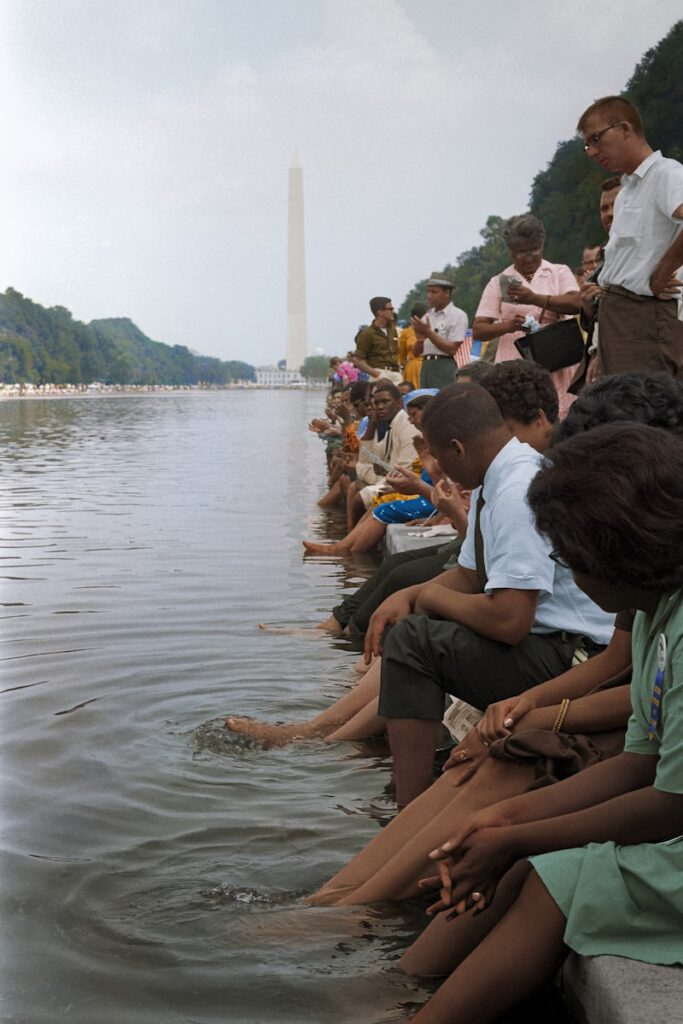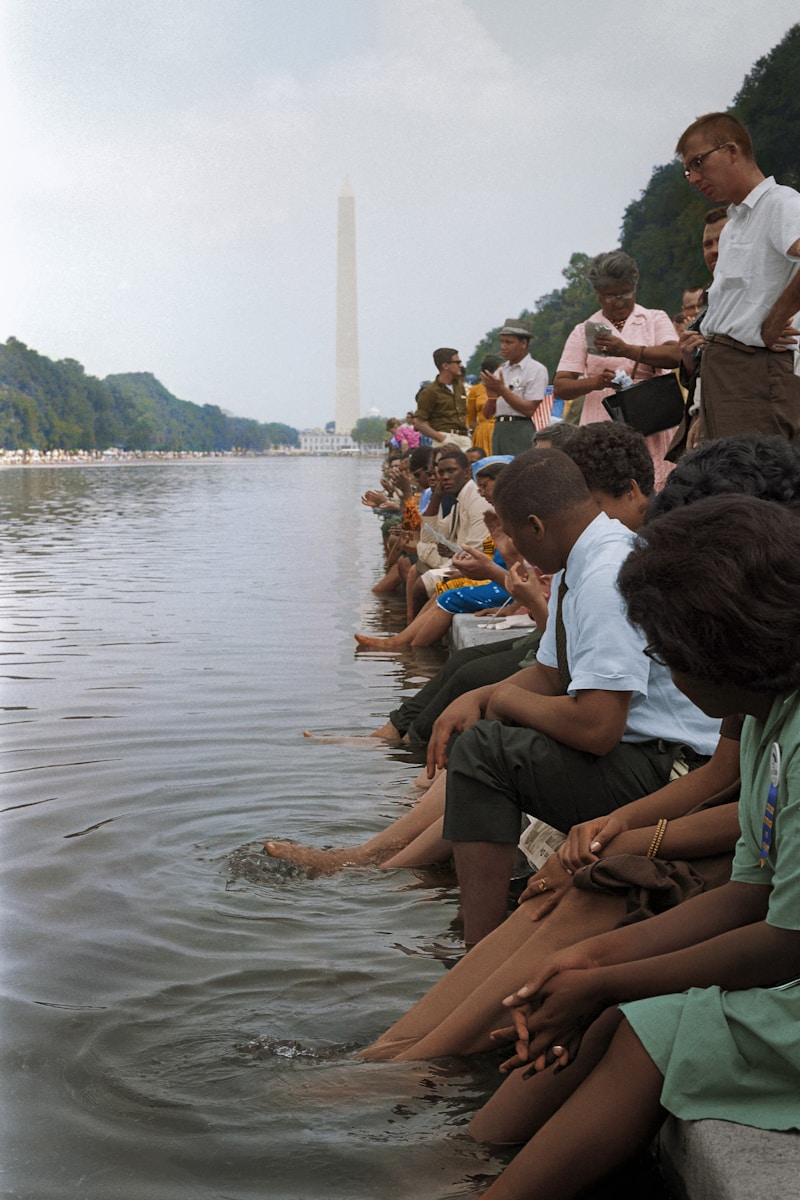America shined bright on September 2, 1945 when the evil powers of WWII surrendered. However, within that light there was the dark reality of inequality for African American citizens. The post-civil war Reconstruction had grinded to a halt with the Compromise of 1877. The KKK grew and their violence went unchecked with the absence of U.S troops in the South. Segregation was legalized and voting rights that had been stripped. This completely undid what the 14th and 15th amendments stood for. The blatant disregard for African American rights continued for nearly a century. In the mid-twentieth century, lynchings and race riots were still commonplace. This atmosphere in postwar America produced leaders like Martin Luther King Jr who put a face to the local grassroots organizations that had gained traction during the Civil Rights movement. Despite facing lawless bloodshed and unjust treatment from resentful whites, ordinary black Americans banded together to fight for voting rights, better education, and equal social opportunity.
In the early 1960s, the Black people who resisted oppression were met with a clenched fist. The Student Nonviolent Coordinating Committee (SNCC) was an organization focused on creating social change without violence even though they themselves faced violence and discrimination. One of their registration workers, Robert Moses, was arrested by a racist police officer and one week later he was beaten within one block of the courthouse and his attacker was acquitted while Moses received 8 stitches on his head (Hollitz 265). The SNCC was not the only organization that caught backlash. Fifteen Episcopal ministers were arrested for simply asking to be served lunch at a bus terminal (Hollitz 265). It was far from simple though because it symbolized equal treatment and gave African Americans dignity. No single instance or activist group was powerful enough to move the needle to equality. Momentum was only gained through a collection of individuals that had the courage to risk their job, family, church, and even their own life. The SNCC thrived because it took seriously word of mouth strategies that flipped an ordinary daughter of a sharecropper to attend meetings and become literate despite the domestic terrorism (Hollitz 269). When MLK Jr influenced millions, he spoke not only of his dream but their dreams too.
The Freedom Summer Project and Freedom Schools both helped turn the dream into a reality. Both were supported by the Council of Federated Organizations (COFO), this mission registered voters and provided better education to black children that were being let down intellectually (Hollitz 273). The education that Freedom Schools offered marked hope for the young African Americans’ future ability to rise out of poverty (Hollitz 273). Education was and still is an essential precursor to economic prosperity and the Summer Project filled that need. The second need was representation. If all Black people were properly heard as a collective then there would be differences in the way the government was run. However, Whites in positions of power refused to relinquish their control and give full equality to what they thought were an inferior people. Practically, this looked like harassment and financial exile. One source counted the casualties from Freedom Summer to be “a thousand arrests, thirty bombings, eighty beatings, and at least six murders” (Hollitz 250). Thankfully, these growing pains were not in vain and the organizations that did good work grew year after year. The shared vision of a brighter tomorrow that included political equality fueled Black men, women, and children and gave them the ability to endure mutual hardships.
The Civil Rights movement highlights one of America’s darker periods and “it wasn’t very romantic for those people involved in it” (Hollitz 271). But it also highlights what is good triumphing over evil once again. Only it was more complex than WWII because it was an internal fight. It was a fight to preserve what the country was founded on. In the aftermath of the violence and the loss and the injustice, all men would now really mean ALL men. The everyday person matters because that is what society is made up of, a multitude of individuals. As a whole, everyone involved in the movement shifted the tide to end American apartheid and because of their sacrifice, America became a better nation that might be able to stand despite all of its iniquities.
Bibliography
Hollitz, John. Thinking Through the Past: A Critical Thinking Approach to U.S. History. Cengage Learning, 2014.


Leave a Reply